iPhone 6 vs iPhone 5s: What’s new?
Is it worth upgrading to the iPhone 6?
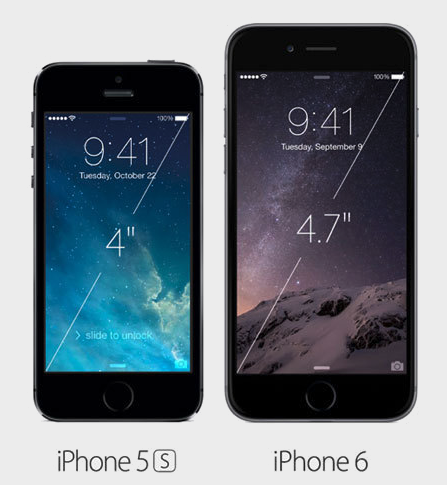
The iPhone 6 lands in the UK on 19 September, bringing a number of hardware improvements. But are there enough to justify an upgrade from the previous generation?
If you're thinking about trading up from an older handset, it may still be worth investing in the iPhone 5s, which now starts at 459 and will be able to run iOS 8 from 17 September.
Here we take a look at the key differences between the iPhone 6 and 5s:
Display size
iPhone 5s - 4in (1136 x 640) Retina Display, 500cd/m2 brightness, 326ppi
iPhone 6 - 4.7in (1334 x 750) Retina Display HD, 500 cd/m2 brightness, 326ppi
The display on the iPhone 6 has a slightly higher resolution but pixel density and brightness remain the same. Apple claims to have increased the viewing angles on the latest device by using dual-domain pixels.
Get the ITPro daily newsletter
Sign up today and you will receive a free copy of our Future Focus 2025 report - the leading guidance on AI, cybersecurity and other IT challenges as per 700+ senior executives
Having a larger screen size means the iPhone 6 has a couple of additional interface features. These come in the form of Display Zoom and Reachability.
Display Zoom increases the size of the icons or apps on screen and reachability moves apps toward the bottom of the display making it possible to use the device in one-handed mode.
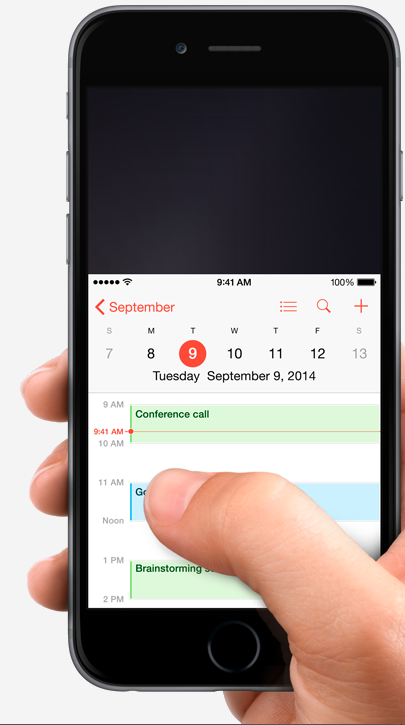
Battery life
Apple is touting modest improvements in battery life between the iPhone 6 and 5s. Both quote 10 hours of 4G browsing, but the iPhone 6 offers four hours extra talk time (14 hours).
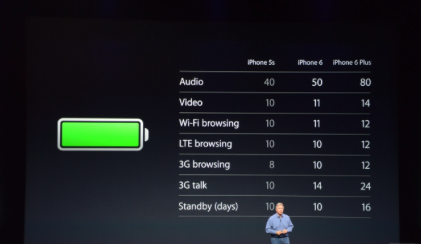
As with all iOS products, the batteries on the iPhone 6 and 5s are not user replaceable.
Performance
iPhone 5s - A7 64-bit processor + M7 co-processor and 1GB RAM
iPhone 6 - A8 - 64-bit processor + M8 processor and 1GB RAM
Using it's second generation 64-bit processor, Apple is claiming CPU performance has increased by up to 25 per cent and graphics performance by 50 per cent from the iPhone 5s.
Apple has added a barometer so the M8 co-processor in the iPhone 6 is capable of measuring distance and can also differentiate between elevation.
During the presentation, Phil Schiller, SVP of marketing at Apple, claimed the iPhone 6 will be able to sustain high-performance without generating as much heat as its predecessor.
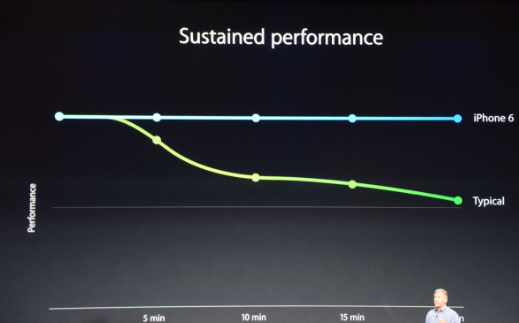
Camera
iPhone 5s - 8-megapixel iSight with True Tone flash, BSI sensor
iPhone 6 - 8-megapixel iSight with True Tone flash, BSI sensor
There's little to differentiate the cameras in terms of megapixels but Apple has improved the sensor, enhanced face detection and increased the speed of auto-focus in the iPhone 6.
In terms of video recording, the iPhone 6 now offers continuous autofocus and video stabilisation as well as the option to record HD video at 60fps. The 5s only offers the ability to do so at 30fps.
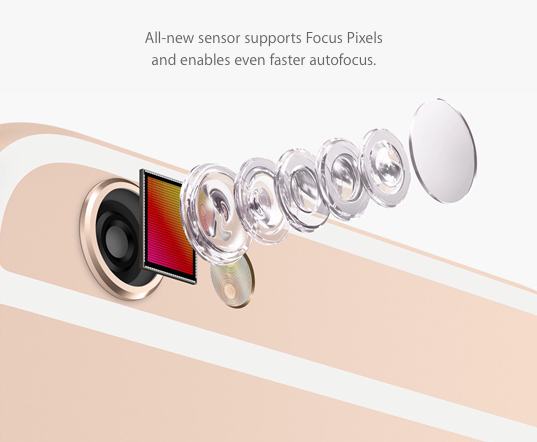
Storage
iPhone 5s - 16GB or 32GB
iPhone 6 - 16GB, 64GB or 128GB
The iPhone 6 is available with up to 128GB, so users will be able to store plenty of content without having to worry about transferring it off. The 5s is limited to 16 and 32GB variants.
NFC
The iPhone 6 finally brings NFC connectivity to iOS devices. This will work in conjunction with the firm's Apple Pay system - so you can tap to pay for goods in participating stores. This feature will initially roll out to 220,000 stores across the US, with key territories such as the UK expected to get the system in 2015.
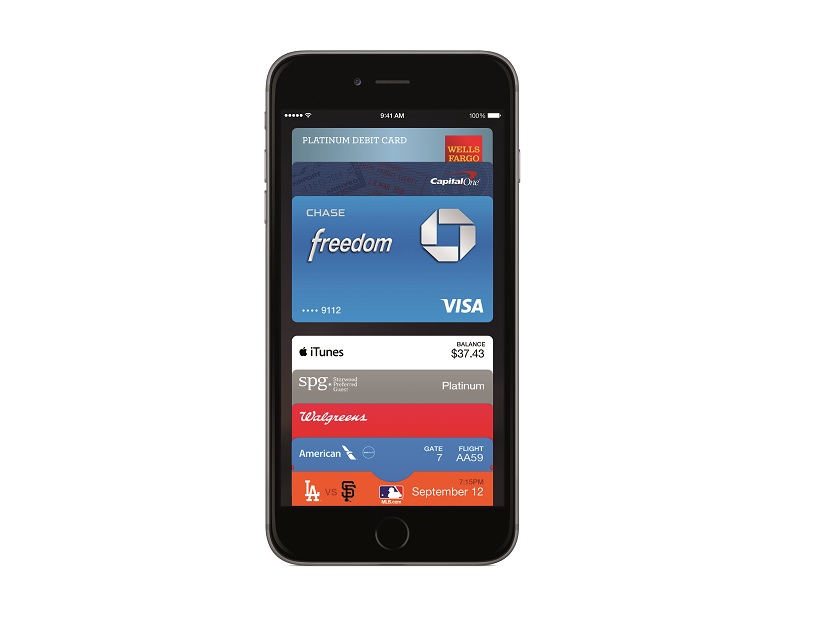
Is it worth the upgrade?
The feature set of the iPhone 5s is almost identical to the iPhone 6 - with the key differences being the screen size and the ability to use Apple Pay. Whilst there are also performance upgrades and improvements to the battery life and camera, these don't blow the 5s out of the water.
If you're coming to the end of a contract and you're using an iPhone 4/4S or simply thinking about getting an iOS device, the iPhone 5s represents good value.
-
 Cleo attack victim list grows as Hertz confirms customer data stolen
Cleo attack victim list grows as Hertz confirms customer data stolenNews Hertz has confirmed it suffered a data breach as a result of the Cleo zero-day vulnerability in late 2024, with the car rental giant warning that customer data was stolen.
By Ross Kelly
-
 Lateral moves in tech: Why leaders should support employee mobility
Lateral moves in tech: Why leaders should support employee mobilityIn-depth Encouraging staff to switch roles can have long-term benefits for skills in the tech sector
By Keri Allan
-
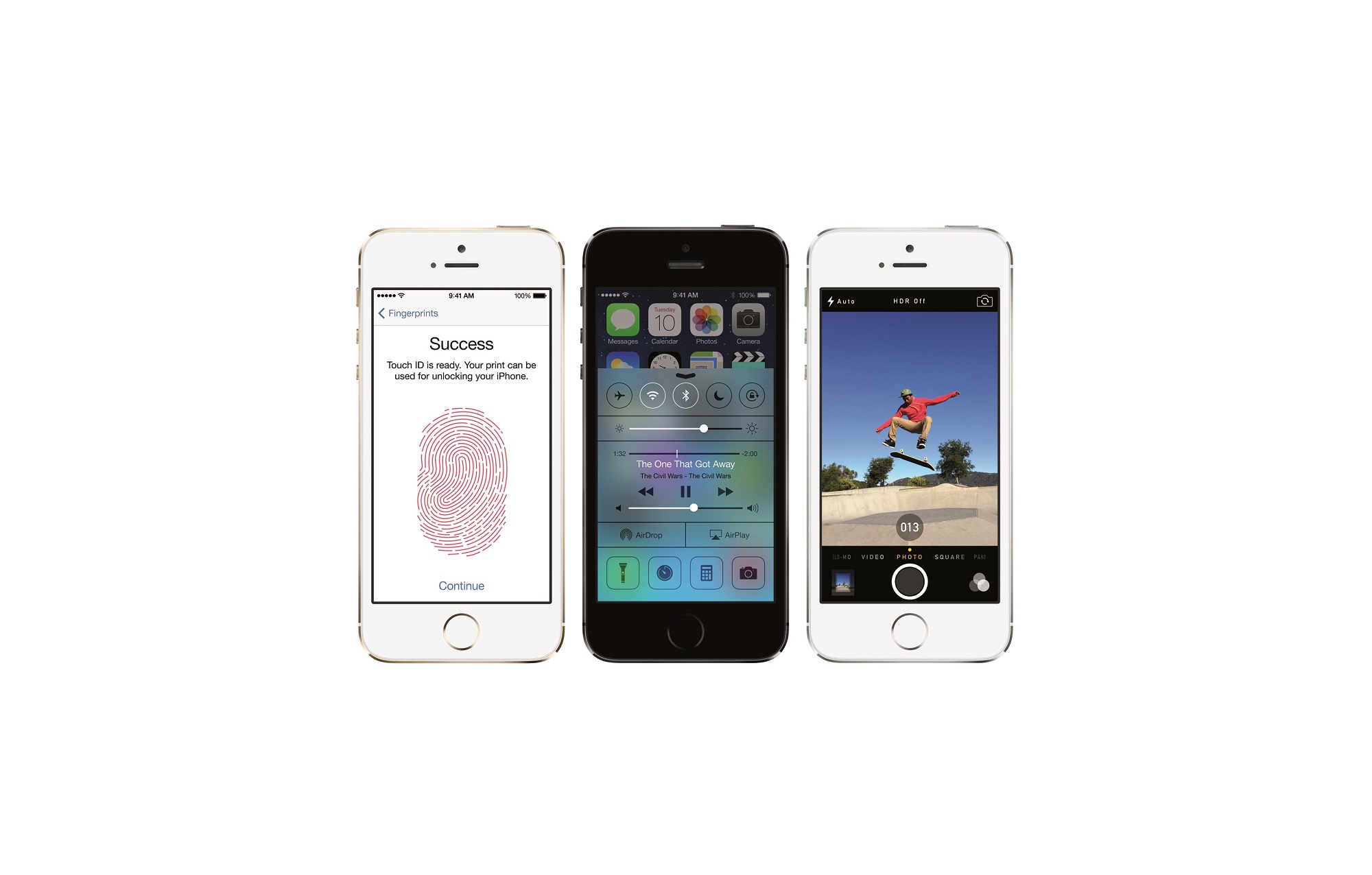 iPhone 5s: Top 10 tips and tricks
iPhone 5s: Top 10 tips and tricksNews iOS 7.1 hints include flash alerts, battery optimisations and make Siri smarter
By Zach Marzouk
-
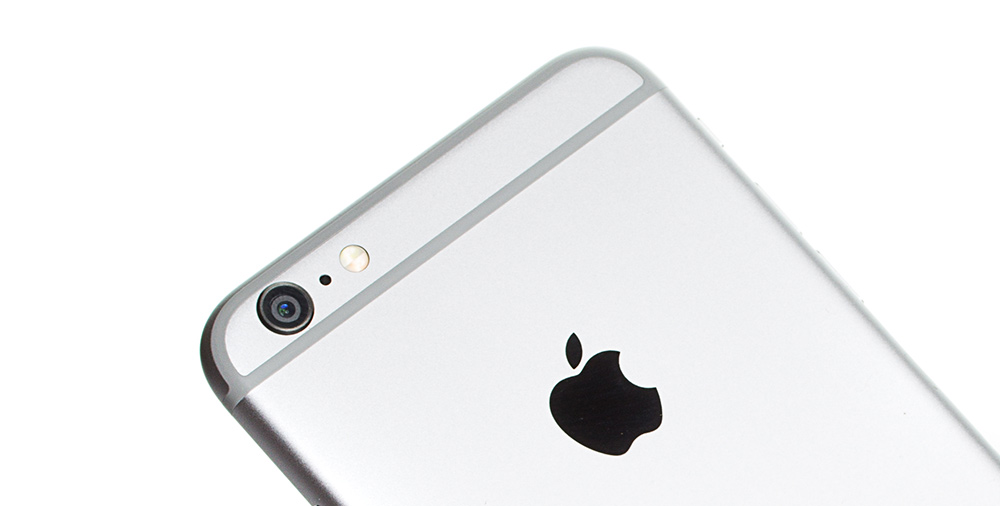 iOS 9 release date, features and battery life: Apple issues Trident hack fix for businesses and consumers
iOS 9 release date, features and battery life: Apple issues Trident hack fix for businesses and consumersNews Download iOS 9.3.5 to protect your company from iPhone spyware
By Maggie Holland
-
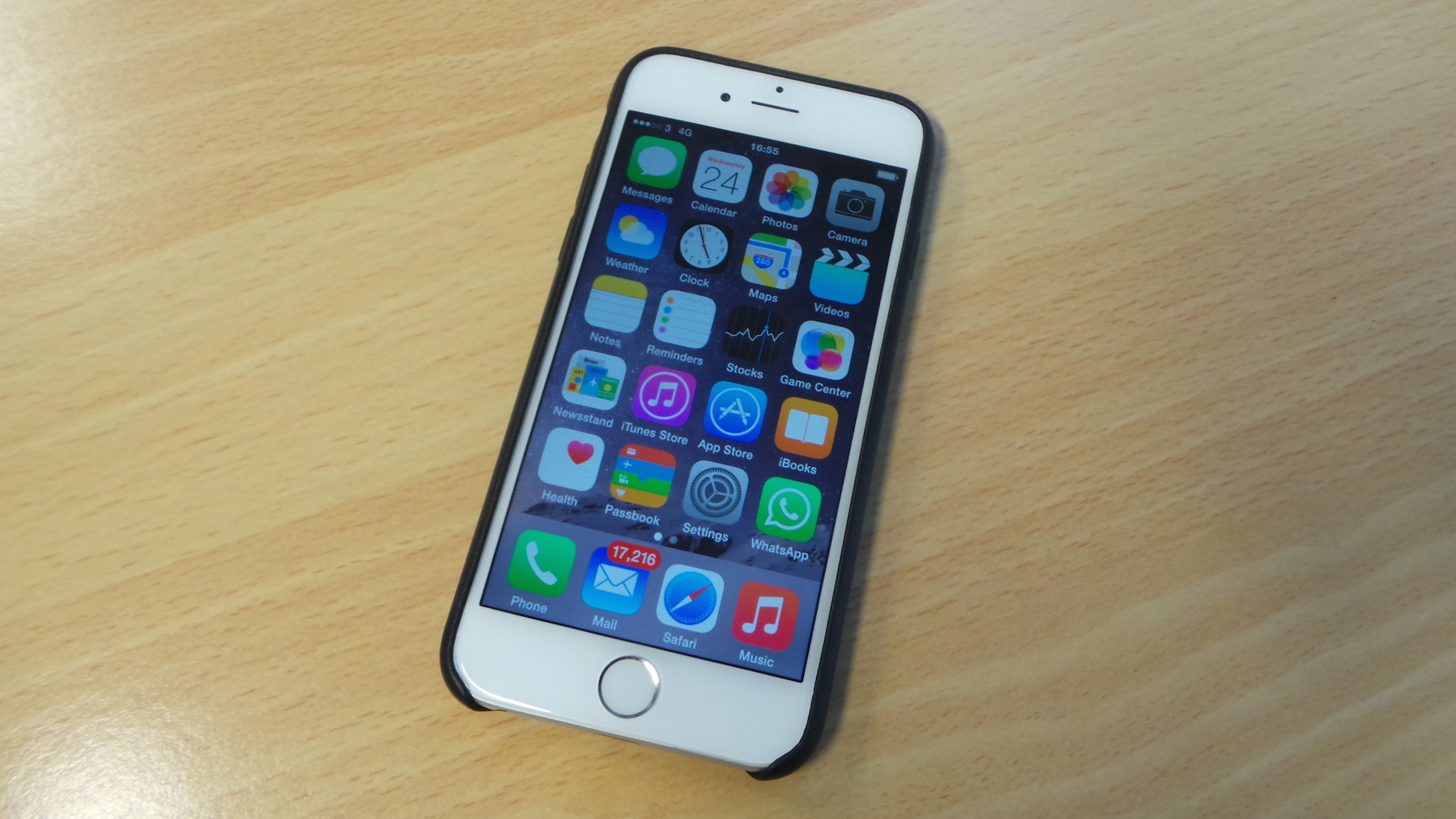 iPhone 6/6 Plus tips: 31 top hints for iOS 9
iPhone 6/6 Plus tips: 31 top hints for iOS 9Tutorials Want to know all the iPhone 6 secrets? Look no further...
By Joe Curtis
-
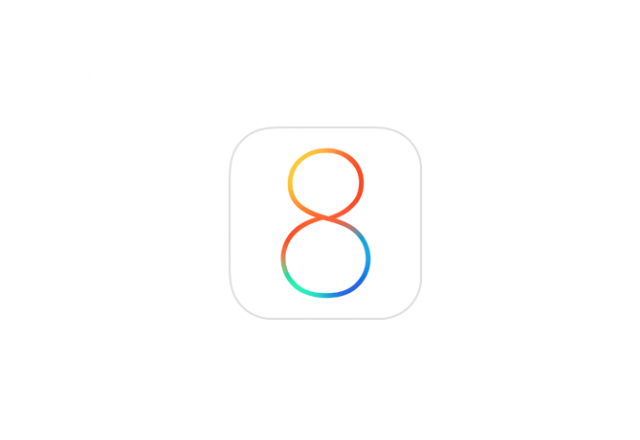 iOS 8 review: The best update yet?
iOS 8 review: The best update yet?Reviews iOS 8 is aout but iOS 9 is on the horizon
By Cliff Joseph
-
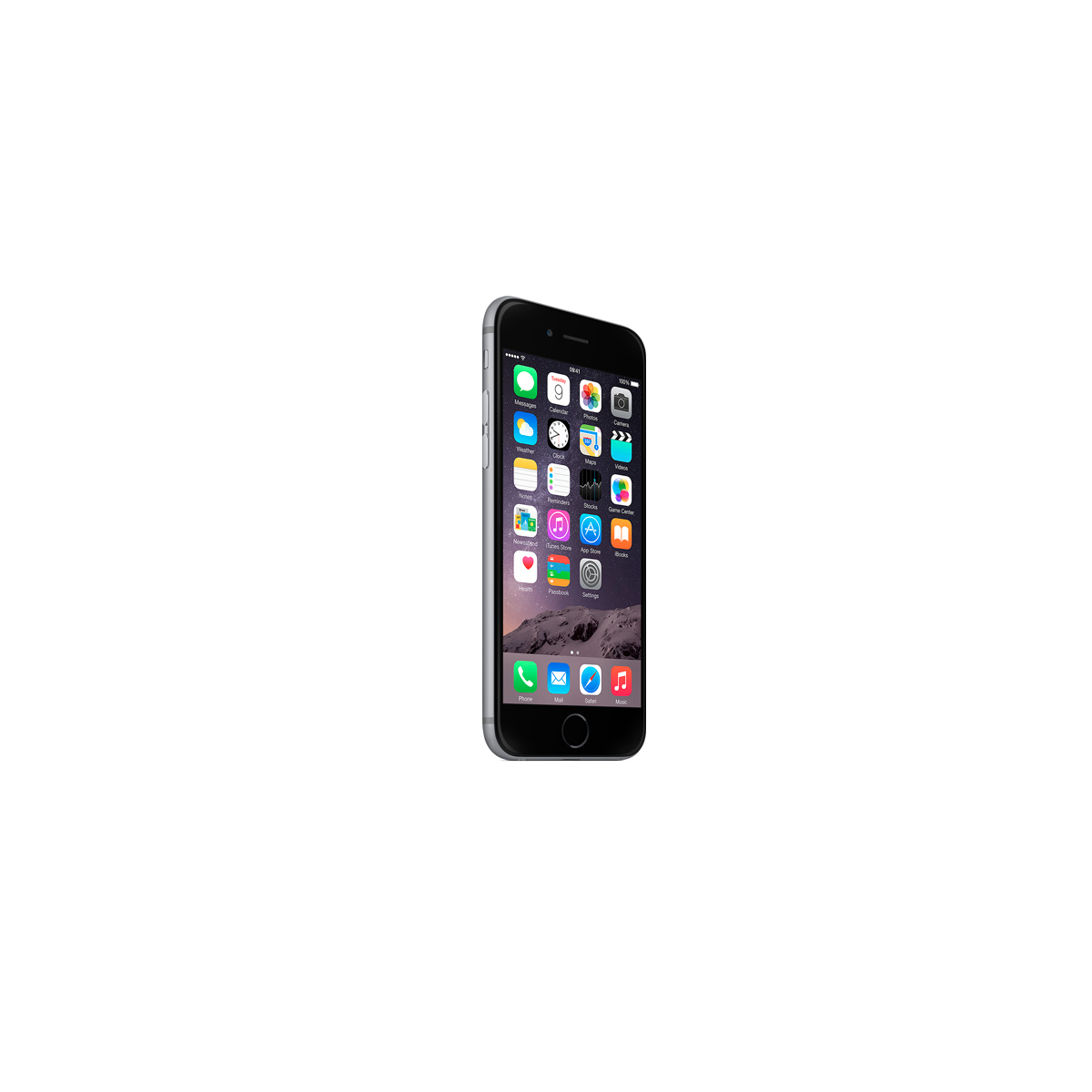 Apple hit with lawsuit over size of iOS 8
Apple hit with lawsuit over size of iOS 8News A lawsuit has been filed against Apple for failing to state how much space iOS 8 would occupy on devices
By Caroline Preece
-
 Apple hit by 16GB iPhone storage "false advertising" claims
Apple hit by 16GB iPhone storage "false advertising" claimsNews Apple is being sued for allegedly making false storage space claims about 16GB iPhone models following iOS 8 update
By Caroline Preece
-
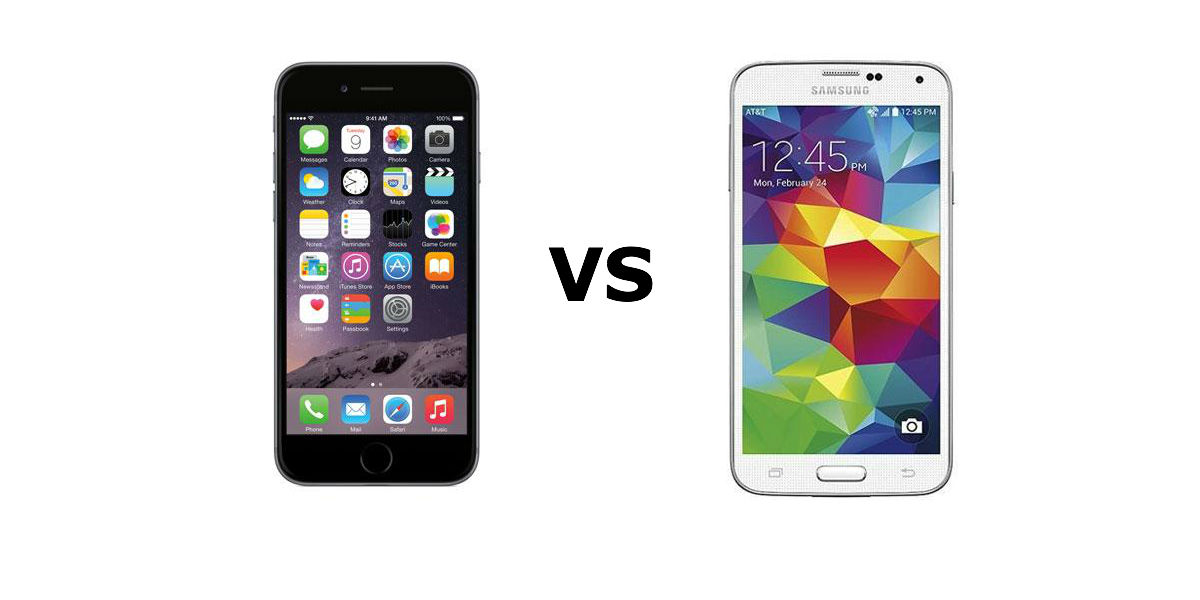 iPhone 6 vs Galaxy S5: Which is better value?
iPhone 6 vs Galaxy S5: Which is better value?Vs We look at whether the iOS 8 handset is better than Samsung's flagship model
By Khidr Suleman
-
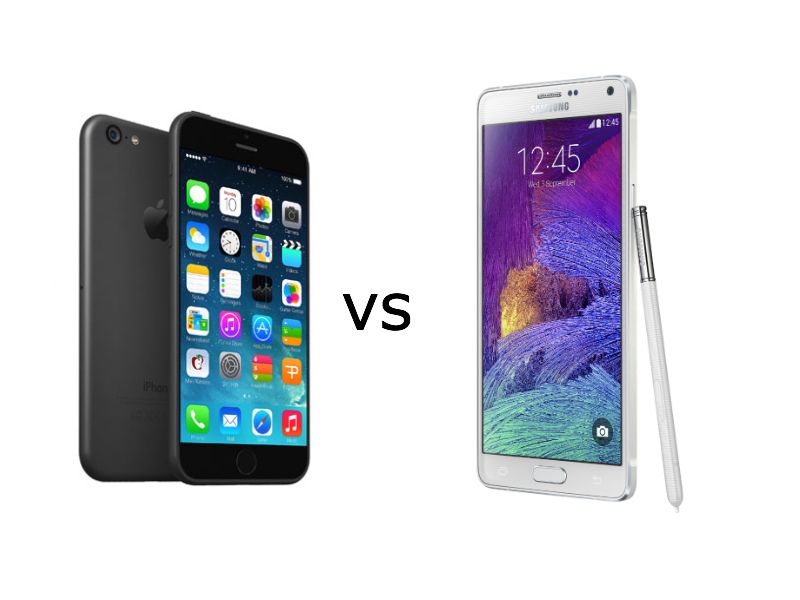 iPhone 6 adoption from Android users less than expected
iPhone 6 adoption from Android users less than expectedNews The number of Android users switching to the iPhone 6 and iPhone 6 Plus has been smaller than expected
By Caroline Preece